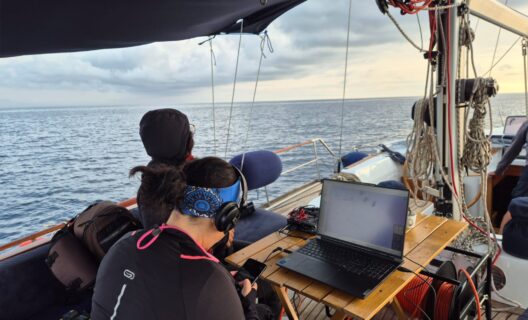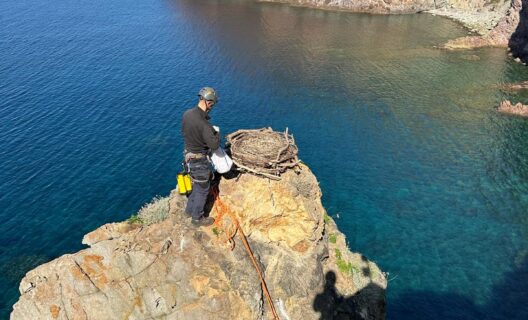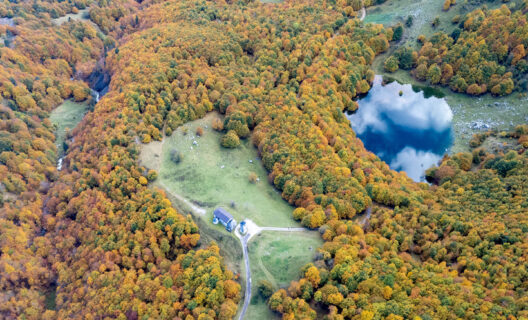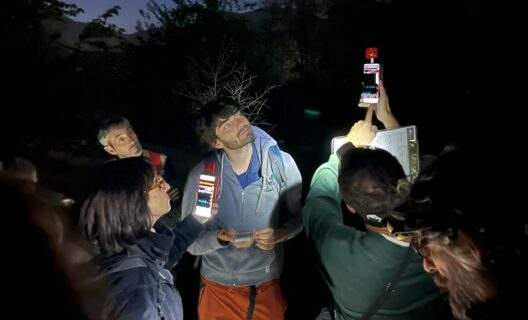
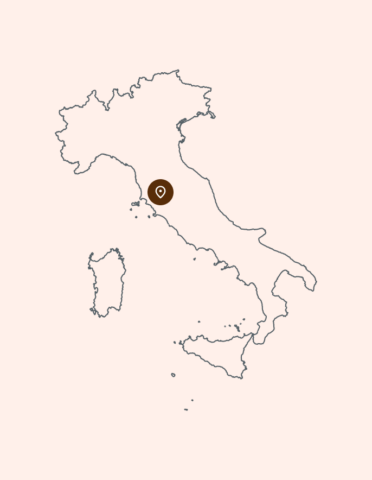
WOLF-IT2000 is a project of the Tuscan-Emilian Apennine National Park that focuses on protecting biodiversity by safeguarding the Apennine wolf population (Canis lupus italicus). The project combines genetic monitoring, innovative management and civic involvement to ensure conservation of the species and strengthen coexistence between humans and large predators.
Keywords
Goals
| The wolf has returned to inhabit many areas of the Apennines, but its conservation is threatened by a new danger: hybridization with dogs. This anthropogenic pressure compromises the genetic integrity of the species, weakening its ecological functionality. To address this challenge, it is It is necessary to develop advanced monitoring tools and ethically sustainable management solutions capable of promoting coexistence and reducing conflict.
The objectives of the project The project is divided into four strategic axes:
|
Stakeholders involved
The project is promoted by the National Park of the Tuscan-Emilian Apennines. It involves a wide territorial network:
- Citizens through Citizen Science projects.
- Environmental educators and technicians
- Dog owners and dog educators
- Local stakeholders interested in wildlife conservation
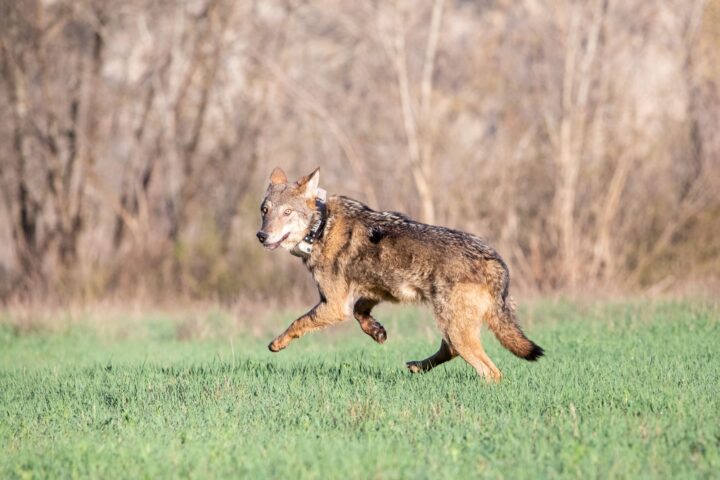
Main expected results
The project helps to Reduce the interbreeding between wolf and dog, thus helping to protect the wolf, a very important species for the Apennine ecosystems. At the same time, it promotes a More balanced coexistence between people and wild animals, helping to improve the perception of the wolf in society.
The method used can be applied in other areas as well and has the potential to become a national model of respectful and nonviolent management of biodiversity in protected areas.
Dissemination results
| The expected results of the project WOLF-IT2000 outline a concrete and ambitious strategy to address the problem of wolf-dog hybridization in the Tuscan-Emilian Apennines. One of the central interventions will be the sterilization and controlled release of ten hybrid individuals, a practice that makes it possible to limit the genetic expansion of hybridization without resorting to culling, with obvious ethical and social benefits. This intervention will be accompanied by a system of monitoring by radio collar, with the goal of tracking at least 50 percent of the hybrid population in the area, thus providing scientifically sound data to guide future management decisions. In parallel, the project invests in the active involvement of the local community.
Citizens and volunteers will be called upon to participate in educational initiatives and Citizen Science activities, strengthening the bond between people and land, and nurturing a shared and conscious culture of conservation. The construction of a long-term monitoring network, which integrates scientific expertise, local knowledge and technology, is another key piece: it will ensure continuity of the project’s action and broaden its impact over time. Finally, a key objective will be the Transfer of acquired knowledge to other protected areas, helping to spread replicable and adaptable management models. In this way, WOLF-IT2000 not only intervenes locally, but also acts as a real laboratory of genetic conservation, capable of generating useful solutions for the entire system of protected natural areas in Italy. |




